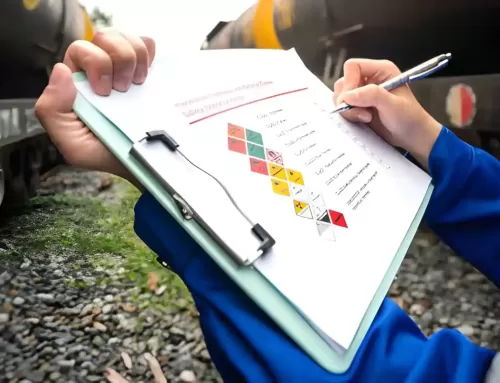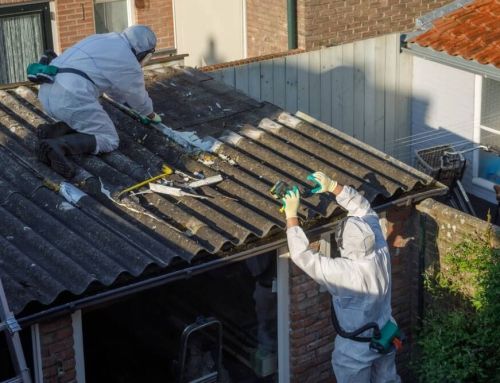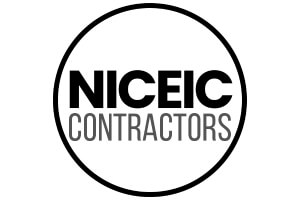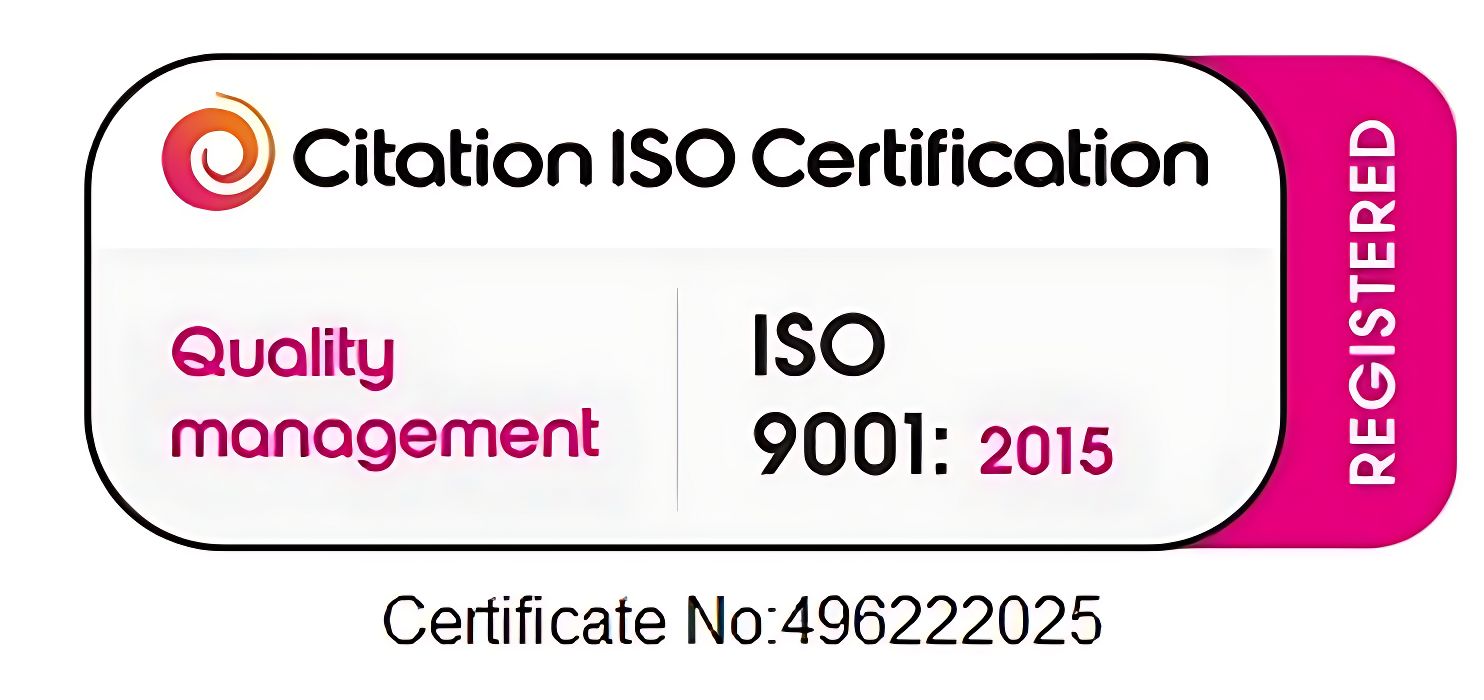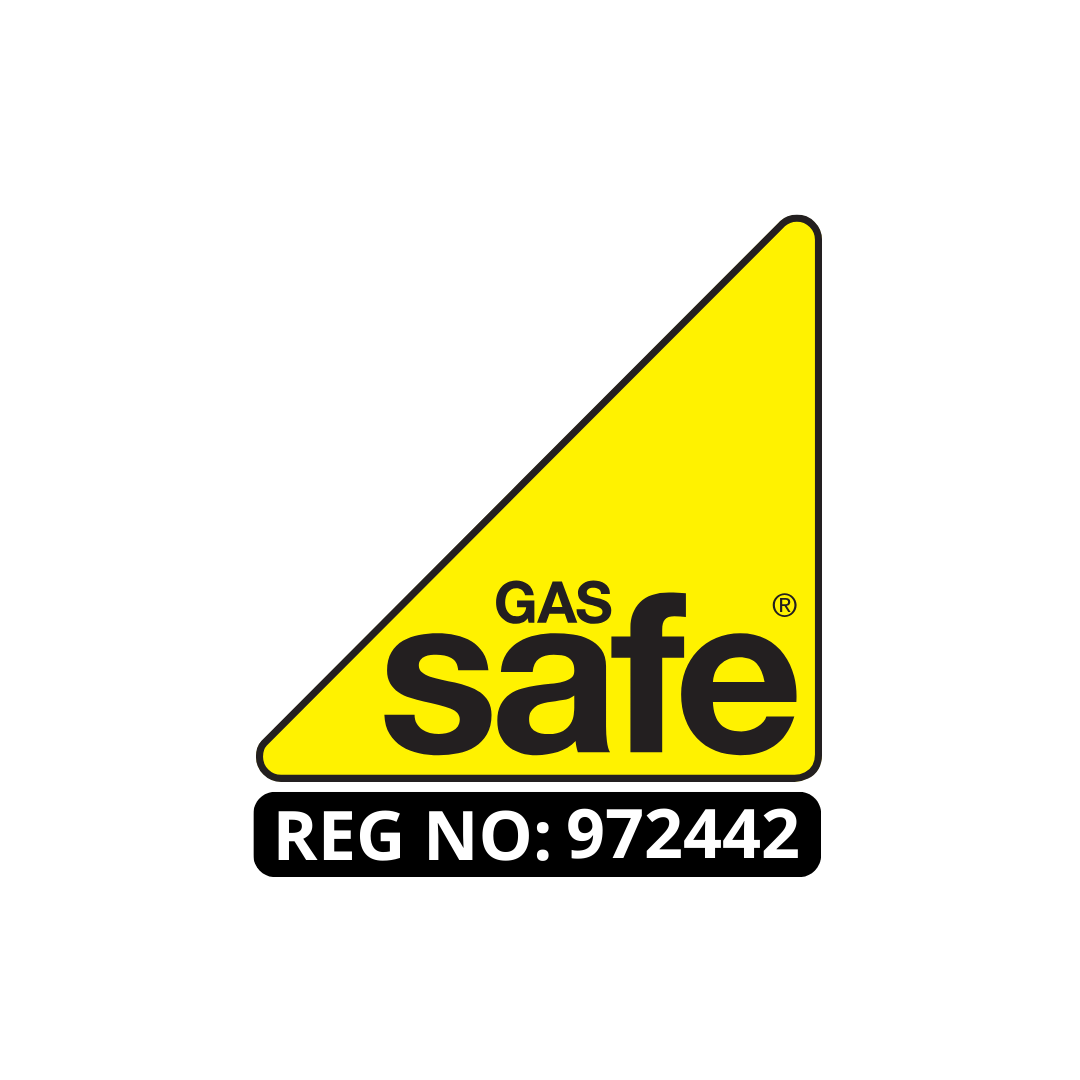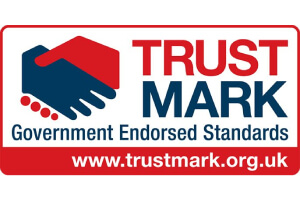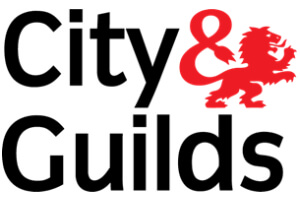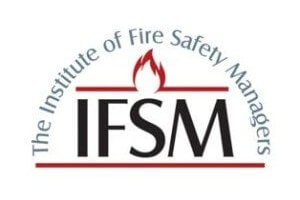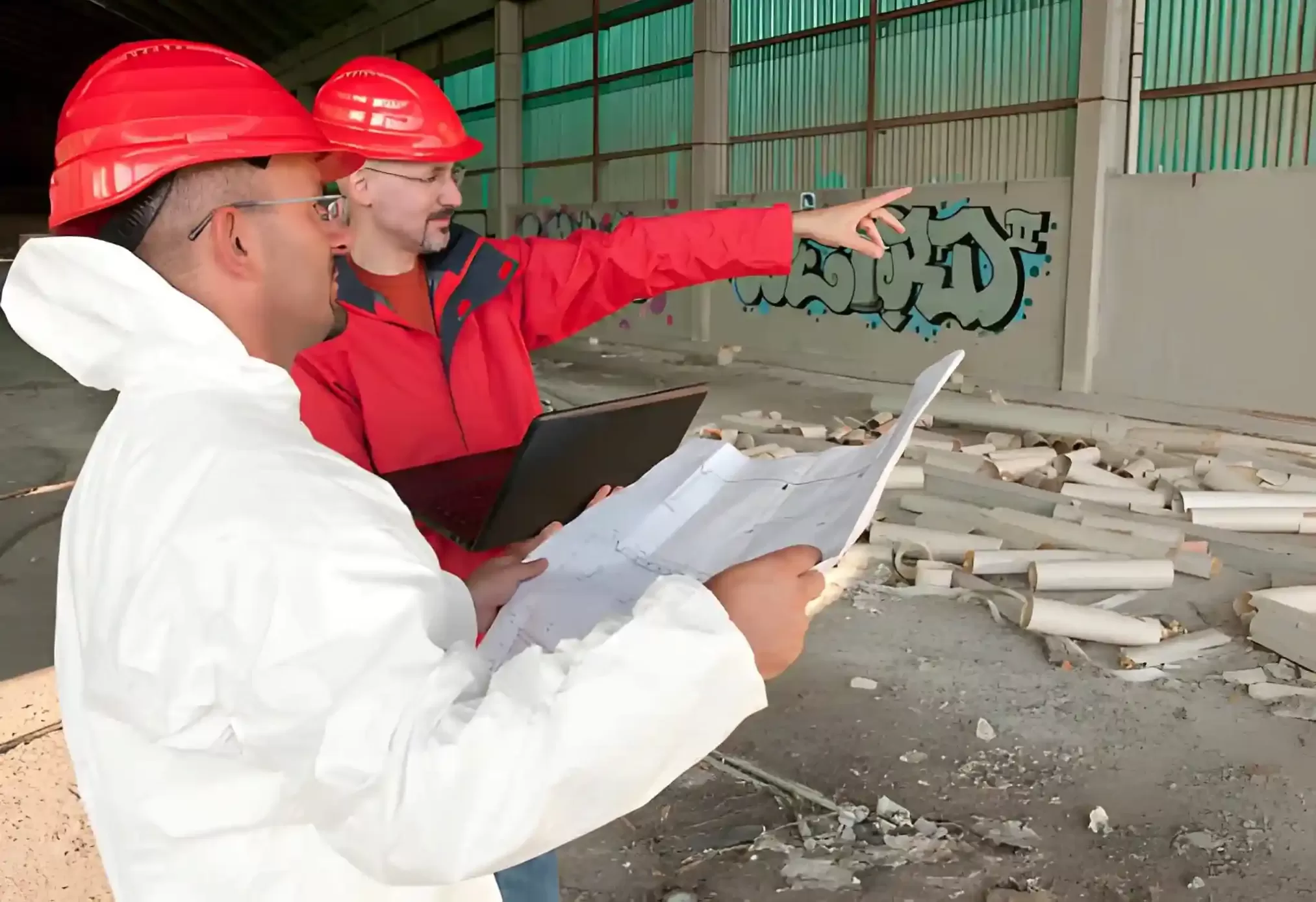
The Asbestos Management Survey Report is an essential document for property owners and duty holders. It serves to identify and manage asbestos-containing materials effectively. Understanding its purpose is important for compliance with legal obligations. Many property owners may underestimate the significance of such reports. However, the implications of neglecting this responsibility can be serious. What are the key components that make these reports indispensable for maintaining safety and legal standards?
Key Takeaways
- An Asbestos Management Survey identifies and assesses asbestos-containing materials, ensuring safety for occupants and compliance with regulations.
- Property owners and managers must regularly conduct surveys to manage asbestos risks and develop tailored management plans.
- The report includes detailed information on asbestos types, locations, conditions, and recommended management strategies for safety.
- Selecting a qualified surveyor with relevant certifications is crucial for accurate assessments and compliance with local regulations.
- Different types of surveys exist, including management and refurbishment surveys, each tailored to specific property needs and planned work.
What Is an Asbestos Management Survey Report and Why Do You Need One?
An Asbestos Management Survey Report serves as an important document for identifying and managing asbestos-containing materials within a property. This report is foundational for property owners and duty holders, as it outlines the presence, location, condition, and type of asbestos found in a building.
Conducted by qualified professionals, the survey involves thorough inspections and material assessments to guarantee safety and compliance with regulations.
Understanding the details within this report allows stakeholders to develop appropriate management plans to mitigate risks associated with asbestos exposure. This proactive approach is essential for protecting the health of occupants and workers, making sure that necessary precautions are taken during renovations or maintenance activities.
Additionally, the report provides important information for regulatory compliance, helping property owners fulfil their legal obligations concerning asbestos management. As a result, securing an Asbestos Management Survey Report is critical for responsible property management and safeguarding public health.
Understanding the Purpose of an Asbestos Management Survey
Understanding the purpose of an Asbestos Management Survey Report is essential for ensuring safe building practices and protecting the well-being of occupants. This report serves as a thorough assessment that identifies the presence, location, and condition of asbestos-containing materials within a property.
By systematically documenting findings, the report aids property owners and duty holders in implementing effective management strategies, such as regular monitoring and maintenance.
Moreover, it helps in compliance with legal obligations surrounding asbestos management, thereby minimising health risks associated with exposure. The report also provides critical information for planning renovations or demolitions, ensuring that potential hazards are addressed before any work.
Ultimately, an Asbestos Management Survey Report is an important tool that not only safeguards the health of individuals but also promotes responsible property management and environmental safety. Understanding its purpose facilitates informed decision-making that prioritises occupant safety and regulatory compliance.
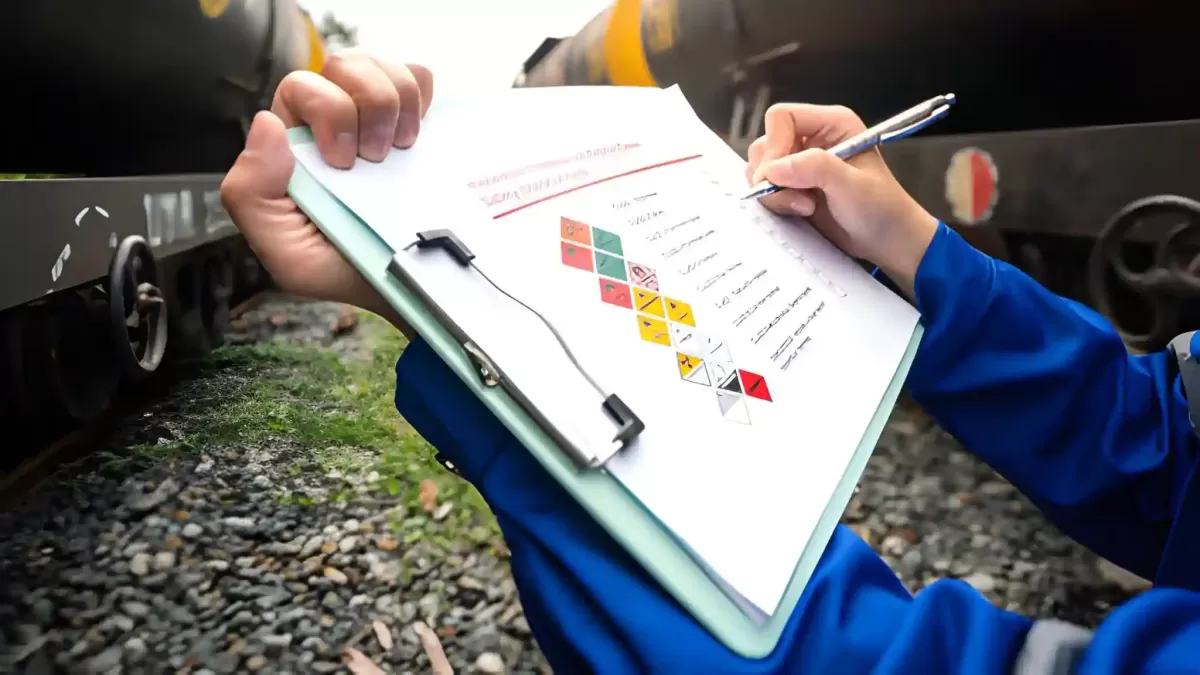
Who Needs an Asbestos Management Survey?
Property owners, landlords, and facility managers are among those who require an Asbestos Management Survey Report, as it plays an essential role in ensuring compliance with health and safety regulations.
This report is critical for anyone responsible for buildings constructed before the year 2000, as these structures are more likely to contain asbestos.
In addition, contractors and maintenance staff who plan to conduct renovations or repairs must have access to this report to identify potential asbestos hazards and manage them appropriately.
Insurance companies may also request the report to assess risk factors associated with properties they insure.
Ultimately, the report serves as an important tool for anyone involved in property management, ensuring not only legal compliance but also the health and safety of occupants and workers.
Key Information Included in an Asbestos Management Survey
While the specifics can vary, an Asbestos Management Survey Report typically includes critical information regarding the presence, condition, and location of asbestos-containing materials within a building.
This report is essential for property owners and duty holders to manage potential risks effectively.
Key information included in the report generally encompasses:
- Identification of asbestos materials: Details on types and quantities present.
- Condition assessment: Evaluation of the current state of asbestos materials.
- Location mapping: Specific areas within the building where asbestos is found.
- Risk assessment: Analysis of potential exposure hazards based on material condition and location.
- Management recommendations: Guidance for maintaining safety and compliance, including monitoring and remediation strategies.
How an Asbestos Management Survey Report Helps with Legal Compliance
An Asbestos Management Survey Report serves as an essential tool for guaranteeing legal compliance with health and safety regulations concerning asbestos management. This report provides property owners and duty holders with the necessary documentation to demonstrate their commitment to managing asbestos risks effectively. Compliance with regulations not only protects the health of occupants but also mitigates legal liabilities.
The following table outlines key aspects of how an asbestos management survey report aids in legal compliance:
| Aspect | Description | Importance |
|---|---|---|
| Identification | Detects the presence of asbestos materials | Essential for risk assessment |
| Risk Management | Provides guidelines for safe management | Guarantees safety for all building users |
| Documentation | Serves as a legal record of compliance | Supports legal defence if necessary |
| Regular Updates | Requires periodic reviews and updates | Maintains ongoing compliance |
The Process of Carrying Out an Asbestos Management Survey Report
Carrying out an Asbestos Management Survey Report involves a systematic approach to identify and assess asbestos-containing materials within a building.
This process is vital for ensuring safety and compliance with regulations. The following steps outline the methodology typically employed:
- Pre-Survey Preparation: Collect building plans and historical data on materials used.
- Visual Inspection: Conduct a thorough examination of the premises, focusing on areas where asbestos is likely to be found.
- Sampling: Take samples of suspected materials for laboratory analysis to confirm the presence of asbestos.
- Risk Assessment: Evaluate the condition of identified asbestos and determine the level of risk it poses to occupants.
- Report Compilation: Document findings, recommendations, and an action plan for managing any identified asbestos.
How Often Should an Asbestos Management Survey Report Be Updated?
Updating an Asbestos Management Survey Report is essential to maintaining safety and compliance, as building conditions and regulations may change over time. Typically, it is advisable to review and update the report every 12 months.
However, several factors may necessitate more frequent updates. Significant renovations, changes in building occupancy, or new information regarding asbestos materials can require immediate reassessment.
Additionally, if any asbestos-containing materials are disturbed or damaged, an updated survey becomes critical to guarantee proper management and safety protocols are in place.
Property owners and duty holders should remain vigilant and proactive, as maintaining current records helps in compliance with legal obligations and enhances the overall safety of occupants.
Regular updates not only mitigate risks associated with asbestos exposure but also demonstrate a commitment to health and safety standards within the property.
Risks of Not Having an Asbestos Management Survey Report
Neglecting to have an Asbestos Management Survey Report can lead to serious consequences for property owners and occupants alike.
Without this essential document, various risks may arise, jeopardising health and safety.
- Increased Health Risks: Asbestos exposure can result in severe respiratory issues and diseases.
- Legal Liabilities: Property owners may face lawsuits or fines for failing to manage asbestos properly.
- Decreased Property Value: Properties lacking an asbestos survey may be less attractive to potential buyers or tenants.
- Compliance Issues: Not having a report can lead to violations of health and safety regulations.
- Emergency Situations: In the event of renovations or damage, undiscovered asbestos can pose immediate dangers.
Choosing a Qualified Surveyor for Your Asbestos Management Survey Report
How can property owners guarantee the safety and compliance of their buildings when managing asbestos? The answer lies in choosing a qualified surveyor to conduct the asbestos management survey.
Property owners should seek surveyors who possess relevant certifications and experience in handling asbestos-related assessments. It is crucial to verify their qualifications, such as membership in recognised organisations like the United Kingdom Asbestos Training Association (UKATA) or the Royal Institution of Chartered Surveyors (RICS).
Additionally, property owners should consider the surveyor’s track record and client testimonials to ascertain reliability. Effective communication skills are essential, as a qualified surveyor must clearly explain findings and recommendations.
Moreover, the surveyor should be familiar with local regulations and best practices to maintain compliance. By selecting a competent surveyor, property owners can guarantee a thorough inspection, leading to a detailed asbestos management survey report that prioritises safety and regulatory adherence.
Cost Factors for an Asbestos Management Survey Report
The cost of an asbestos management survey report is influenced by a variety of factors that property owners must consider to guarantee accurate budgeting.
Understanding these cost factors can aid in making informed decisions and managing expectations.
- Property Size: Larger buildings typically require more time and resources for a thorough inspection.
- Location: Accessibility and regional pricing can impact survey costs.
- Complexity of the Site: Buildings with intricate designs or multiple materials may necessitate more extensive analysis.
- Laboratory Testing: Costs can increase if samples need to be sent for laboratory analysis.
- Regulatory Compliance: Adhering to local regulations may involve additional fees or requirements.
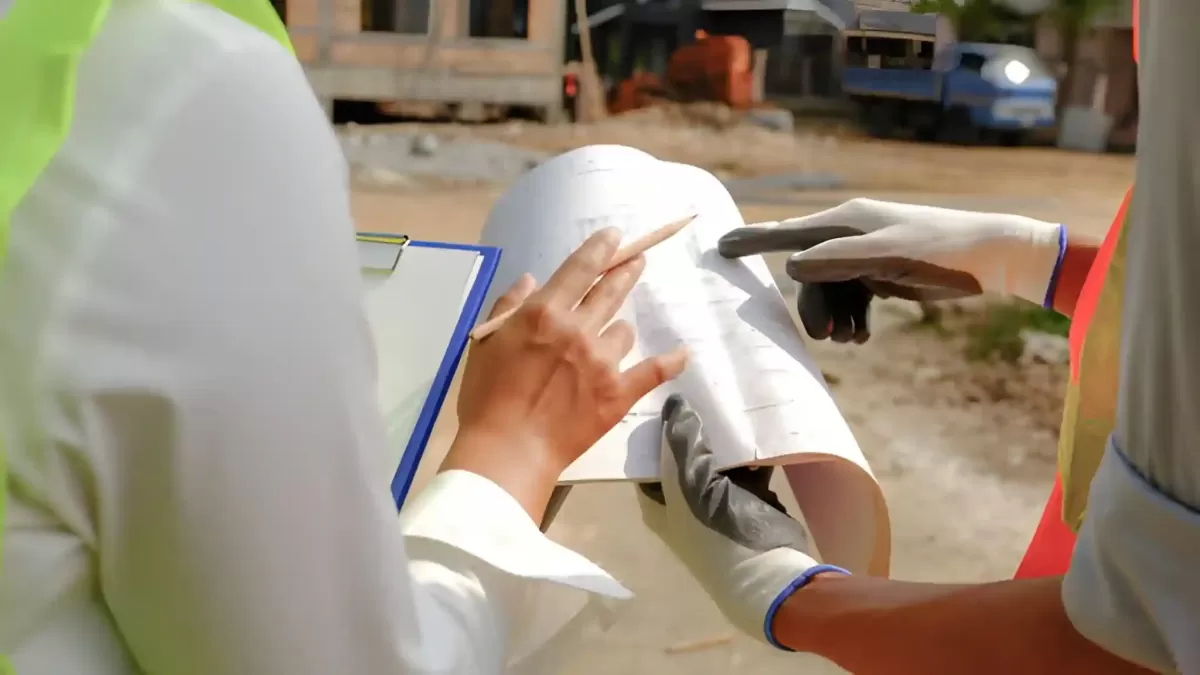
The difference between an asbestos management survey and a refurbishment survey
While both asbestos management surveys and refurbishment surveys aim to identify asbestos-containing materials, they serve distinct purposes and are conducted under different circumstances.
An asbestos management survey is primarily intended for the ongoing management of asbestos in a property. It is generally a non-intrusive examination that assesses areas where asbestos may be present, allowing property owners to maintain safety and compliance without significant disruption.
In contrast, a refurbishment survey is conducted when significant alterations or repairs are planned. This type of survey is more invasive and aims to locate and assess all asbestos materials that might be disturbed during the refurbishment process. It guarantees that any potential risks are managed effectively during construction activities.
Therefore, while both surveys are essential for asbestos management, the choice between them depends on the specific requirements of the property and the nature of the work being undertaken.
Responsibilities of landlords, property managers, and employers
Recognising their duty to guarantee a safe environment, landlords, property managers, and employers must take proactive steps in managing asbestos risks within their properties.
This responsibility involves several critical actions to secure compliance and safety for all occupants.
- Conduct regular asbestos surveys to identify potential risks.
- Develop and implement an asbestos management plan tailored to the property.
- Educate staff and tenants about the dangers of asbestos exposure and safe handling practices.
- Ascertain that any maintenance or refurbishment work is carried out by licensed professionals trained in asbestos management.
- Maintain accurate records of all asbestos-related activities, including surveys and remediation efforts.
Frequently Asked Questions
If asbestos is found during a survey, one should immediately notify relevant authorities, restrict access to the area, and consult a qualified asbestos removal professional to safely assess and manage the situation according to regulations.
An asbestos management survey typically takes between two to four hours, depending on the property’s size and complexity. Factors such as accessibility and the number of samples required can also influence the overall duration of the survey.
Performing an asbestos management survey independently is not advisable. It requires specialised knowledge, experience, and equipment to identify and assess asbestos-containing materials accurately. Engaging a qualified professional guarantees safety and compliance with regulations.
Failure to conduct an asbestos survey can result in significant penalties, including hefty fines, legal repercussions, and increased liability risks. Authorities prioritise public safety, making compliance essential for property owners and duty holders.
Yes, government regulations mandate that property owners conduct asbestos management surveys to identify and manage asbestos-containing materials. Compliance with these regulations is vital to guarantee safety and avoid legal penalties related to asbestos exposure.
Conclusion
To summarise, an Asbestos Management Survey Report is essential for property owners and duty holders to guarantee safety and legal compliance regarding asbestos-containing materials. By conducting thorough inspections and understanding their responsibilities, stakeholders can effectively mitigate health risks associated with asbestos exposure. Choosing a qualified surveyor and differentiating between survey types further enhances the management process. Ultimately, a proactive approach to asbestos management protects both occupants and property values while fulfilling legal obligations.
About the Author: Atia Amin
Related Posts
Get Social
Recent Posts
- Fire Alarm Installation as a Foundation for Stronger Property Protection
- Properties That Must Hold a Valid Fire Safety Certificate
- How a Fire Risk Assessment Shapes Stronger Safety Decisions
- Why Every Property Requires a Valid Gas Safety Certificate
- EICR Testing and Property Safety Overview Guide for Building


